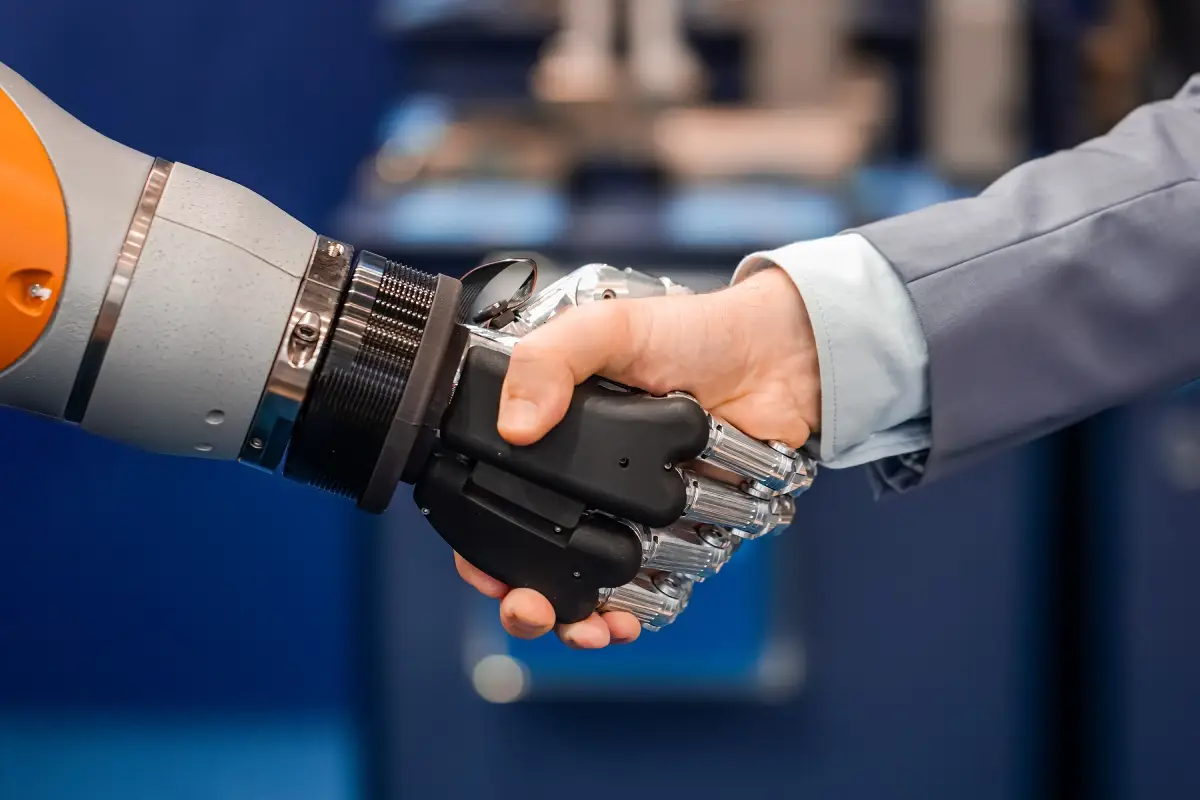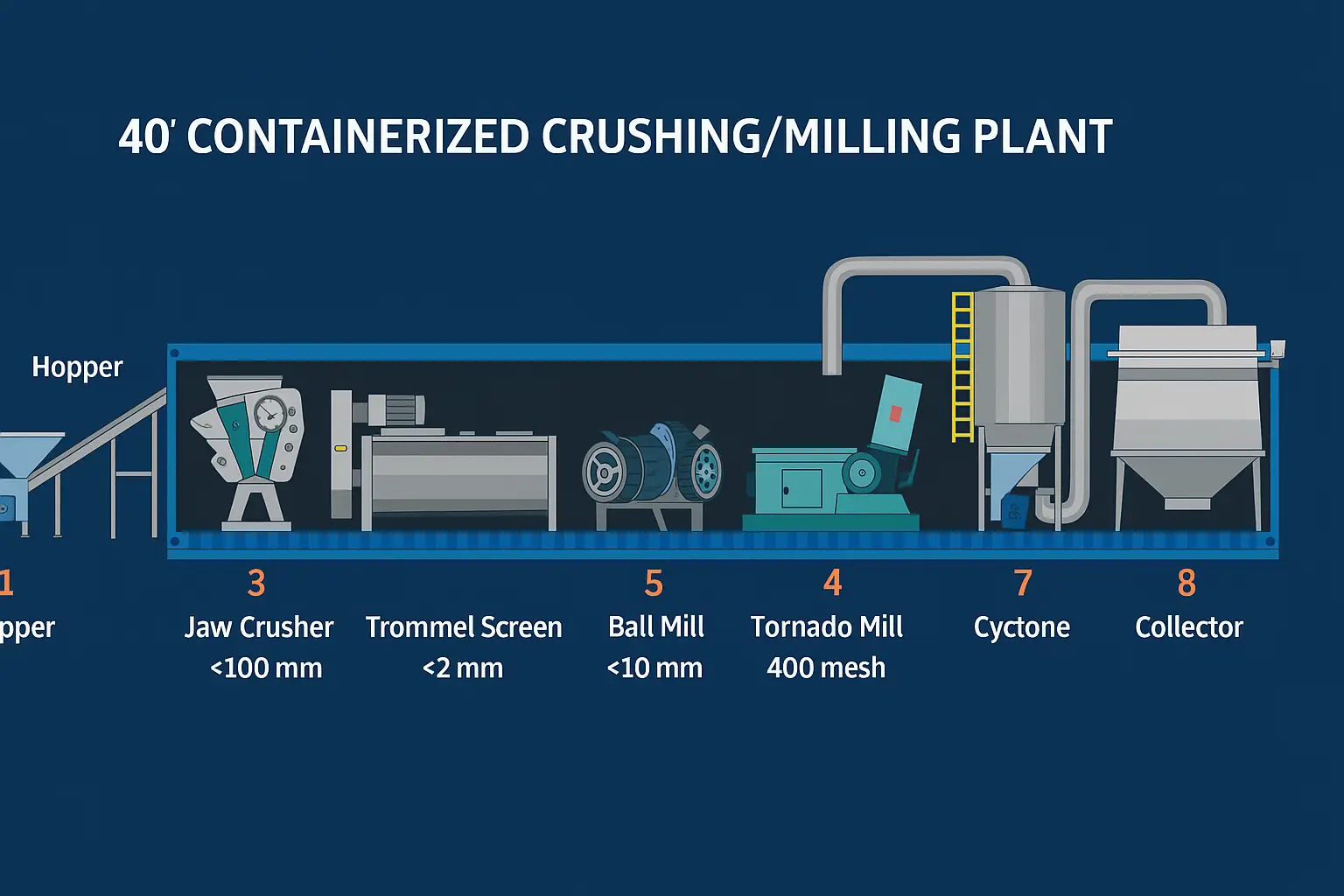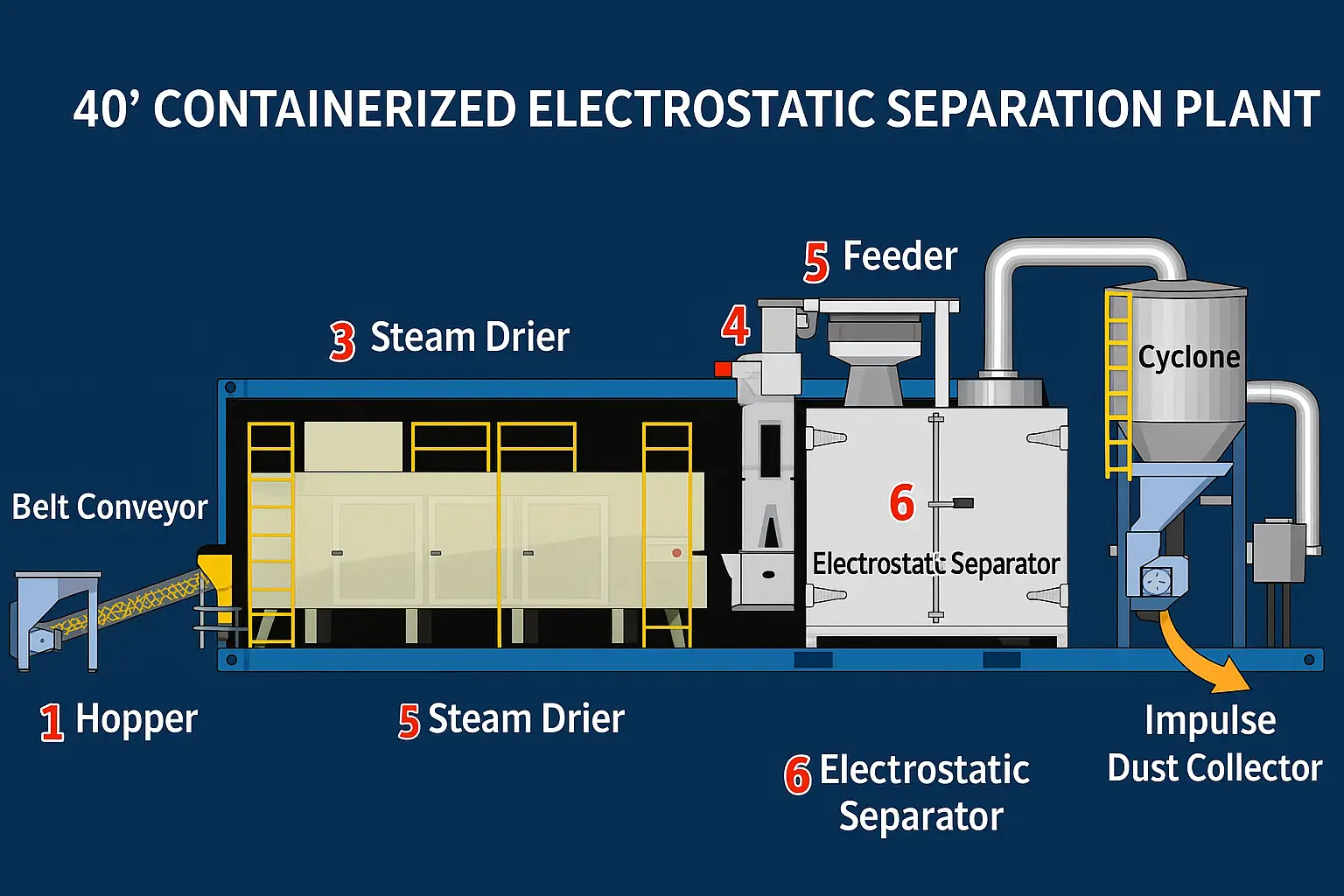Machine Learning vs. Deep Learning in Mining: What’s the Difference?
Machine Learning (ML) and Deep Learning (DL) are two powerful subsets of Artificial Intelligence (AI) that are transforming the mining industry. While often mentioned together, they differ in structure, capabilities, and their specific roles within mining applications.
What is Machine Learning in Mining?
Machine Learning enables mining systems to learn from historical and real-time data to make predictions, identify patterns, and automate decision-making—without being explicitly programmed.
ML is widely applied in mining for:
- Supervised Learning: Used to predict ore grades, classify rock types, and forecast equipment failures using labeled datasets.
- Unsupervised Learning: Helps in identifying previously unknown patterns, such as clustering geochemical anomalies or grouping similar ore zones.
- Reinforcement Learning: Applied to optimize autonomous vehicle routes or dynamically adjust plant operating parameters based on reward feedback loops.
ML models typically work well with structured datasets, such as drill logs, sensor outputs, and production metrics. Human input is often required for selecting relevant features and tuning model performance.
What is Deep Learning in Mining?
Deep Learning is a specialized subset of ML that uses artificial neural networks (ANNs) to process complex and unstructured data such as imagery, seismic signals, and audio from mining equipment.
DL applications in mining include:
- Computer Vision: Interprets drone or satellite imagery to detect mineralization zones, monitor pit wall stability, or classify ore on conveyor belts.
- Geophysical & Seismic Analysis: Processes massive seismic datasets to identify subsurface structures for exploration or hazard detection.
- Natural Language Processing: Extracts actionable insights from unstructured technical reports, maintenance logs, and historical drilling notes.
- Autonomous Equipment: Enables real-time decision-making in self-driving trucks, loaders, and robotic drill systems using sensor fusion and image recognition.
While DL requires more data and computational power, it delivers superior accuracy and insight—especially when handling complex geological or operational datasets.
Conclusion
In the mining sector, Machine Learning excels at structured prediction and classification tasks, while Deep Learning is ideal for interpreting unstructured, high-dimensional data. Both technologies play complementary roles—enhancing exploration, optimizing operations, reducing costs, and improving safety.
Mining companies that leverage the right mix of ML and DL are setting the stage for smarter, more efficient, and data-driven operations.



